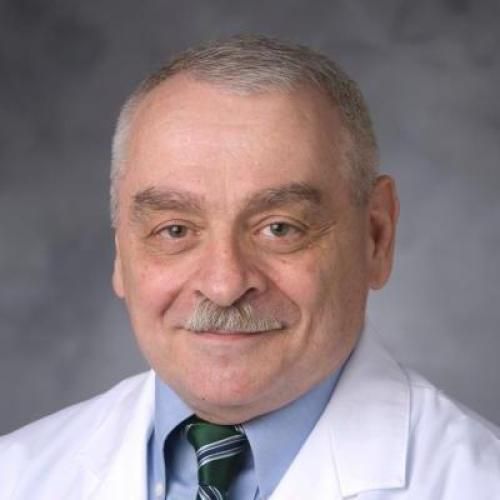Artificial surfactant attenuates hyperoxic lung injury in primates. II. Morphometric analysis.
Diffuse lung injury from hyperoxia is accompanied by low compliance and hypoxemia with disruption of endothelial and alveolar epithelial cell layers. Because both function and content of surfactant in diffuse lung injury decrease in animals and in humans, changes in the extent of injury during continuous hyperoxia were evaluated after treatments with a protein-free surfactant in primates. Ten baboons were ventilated with 100% O2 for 96 h and five were intermittently given an aerosol of an artificial surfactant (Exosurf). Physiological and biochemical measurements of the effects of the surfactant treatment are presented in a companion paper (Y.-C. T. Huang, A. C. Sane, S. G. Simonson, T. A. Fawcett, R. E. Moon, P. J. Fracica, M. G. Menache, C. A. Piantadosi, and S. L. Young. J. Appl. Physiol. 78: 1823-1829, 1995.) After O2 exposures, lungs were fixed and processed for electron microscopy. The cellular responses to O2 included epithelial and endothelial cell injuries, interstitial edema, and inflammation. Morphometry was used to quantitate changes in lungs of animals treated with the artificial surfactant during O2 exposure and to compare them with the untreated animals. The surfactant decreased neutrophil accumulation, increased fibroblast proliferation, and decreased changes in the volume of type I epithelial cells. Surfactant-treated animals also demonstrated better preservation of endothelial cell integrity. These responses indicate ameliorating effects of the surfactant on the pulmonary response to hyperoxia, including protection against epithelial and endothelial cell destruction. Significant interstitial inflammation and fibroblast proliferation remained, however, in surfactant-treated lungs exposed to continuous hyperoxia.
Duke Scholars
Published In
DOI
ISSN
Publication Date
Volume
Issue
Start / End Page
Location
Related Subject Headings
- Pulmonary Surfactants
- Pulmonary Alveoli
- Polyethylene Glycols
- Physiology
- Phosphorylcholine
- Papio
- Oxygen
- Microscopy, Electron
- Male
- Lung Diseases
Citation
Published In
DOI
ISSN
Publication Date
Volume
Issue
Start / End Page
Location
Related Subject Headings
- Pulmonary Surfactants
- Pulmonary Alveoli
- Polyethylene Glycols
- Physiology
- Phosphorylcholine
- Papio
- Oxygen
- Microscopy, Electron
- Male
- Lung Diseases




